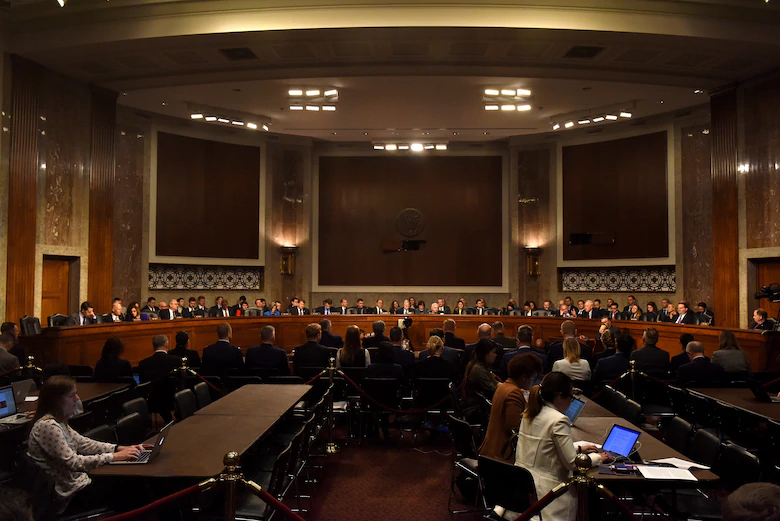Senate Proposes $700 Billion Budget for Department of Defense
Despite the increasing fiscal burden placed upon the nation by the Covid-19 pandemic, the Republican-held Senate is once again proposing an increased annual defense budget. The recently unveiled proposal is reported to have largely bipartisan support and at $696 billion stands slightly larger than the $694.6 billion passed by Congress back in July. The $696 budget proposal comes in at around half of the $1.4 trillion discretionary spending proposed by the Senate.
The F-35 has once again come into the spotlight with the bill funding the procurement of 96 new aircraft (60 being the air force variant and the rest being F-35Bs and F-35Cs for the Navy and Marines); 17 more than requested by the Pentagon. Frustrated Congressional lawmakers have, however, been unhappy that the Pentagon does not envision a full removal of the Turkish firms from the F-35 supply chain until 2023. Lawmakers have requested quarterly reports on the progress made in this area. Additionally, the proposal made some cuts to various USAF programs such as the “Advanced Battle Management System” program whose funding shrank.
There is some concern over a lack of funding for programs such as 5G and satellites. The Department of Defense has already awarded $600 billion in contracts for the former but the proposed budget only covers 75% of this figure. This extends beyond the Department of Defense, with NASA receiving almost $2 billion less than requested, making a delay in the Artemis moon project almost certain.
The US Navy is to receive funding for 9 new vessels; 1 Virginia-class submarine less than the house has proposed. Pay is to be increased by 3% for all personnel throughout the force and the navy, army and air force are to be authorized to raise strength by around 13,000 men. However, the senate has also called for the down-sizing of the active duty Marine Corps by 6,000 men.
While covering every detail of the book-length proposal is beyond the scope of this article, the elements presented above definitely stand out. The US government is currently operating under a a stopgap continuing resolution through to early December and Congress must either pass a deal, or another resolution to avoid a government shutdown.

